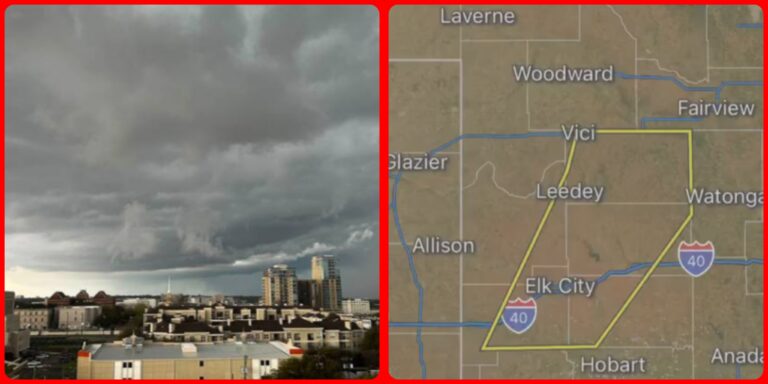
Aug 7, 2022
An Interstellar Object May Have Struck Earth. Scientists Plan to Search The Ocean.
Back in 2014, an object crashed into the ocean just off the coast of Papua New Guinea.
Data collected at the time indicated that the meteorite just might be an interstellar object, and if that’s true, then it’s only the third such object known (after ‘Oumuamua and Borisov), and the first known to exist on Earth.
Launching an undersea expedition to find it would be a long shot, but the scientific payoff could be enormous.
Dubbed CNEOS 2014-01-08, the candidate interstellar object is believed to have measured about a half-meter wide, and its potentially interstellar origins were first recognized by then graduate student Amir Siraj and Harvard professor Avi Loeb.
Using catalog data regarding the object’s trajectory, Siraj and Loeb concluded that it might be from beyond our Solar System due to its unusually high heliocentric velocity – in other words, it was moving at speeds that suggest it may not be bound within the Sun’s gravity well.
There’s a catch, however. The data used to measure the object’s impact with Earth came from a US Department of Defense spy satellite, designed to monitor Earthly military activities.
As such, the exact error values of the measurement are a carefully guarded secret – the US military is wary of allowing the precise capabilities of their satellite to become public domain information.
But without these details, much of the scientific community understandably remains unwilling to officially classify CNEOS 2014-01-08 as an interstellar object. Siraj and Loeb’s paper therefore remains unpublished, having not yet passed peer review.
Their claim, however, was bolstered in April 2022, when the US Space Force’s Space Operations Command’s Chief Scientist, Joel Mozer, reviewed the classified data in question and “confirmed that the velocity estimate reported to NASA is sufficiently accurate to indicate an interstellar trajectory”.
While the official scientific classification of CNEOS 2014-01-08 seems doomed to remain in limbo for the time being, the statement by the US Space Force was enough to convince Siraj and Loeb of its interstellar origin, and they have now moved on to proposing possible ways to find the object and study it up close.
Much of the meteorite would have burned up during its descent into Earth’s atmosphere, likely leaving only fragments behind, scattered across the ocean floor.
However, not all hope is lost, as the tracking data from the satellite, combined with wind and ocean current data, can provide a reasonable search area of just 10km by 10km.
More importantly, the fragments are expected to be magnetic, so a ship trawling with a large magnet could potentially scoop up the minuscule meteorite fragments from the ocean floor.
Loeb has been vocal in recent years about the potential for interstellar objects like CNEOS 2014-01-08, ‘Oumuamua, and Borisov to be artificial objects created by extra-terrestrial intelligence.
As head of the Galileo Project, the search for evidence of intelligent life in the Universe is one of his core research areas.
© CopyRights RawNews1st
Make sure you take the time and like us on Facebook




